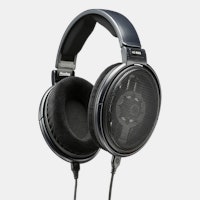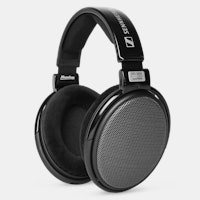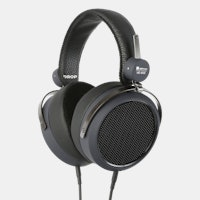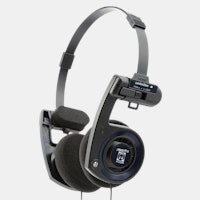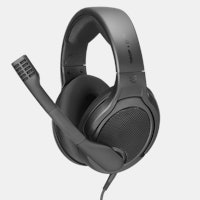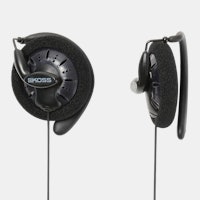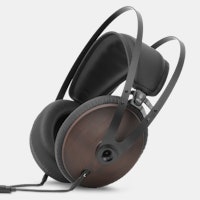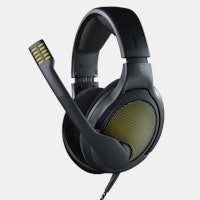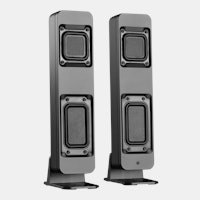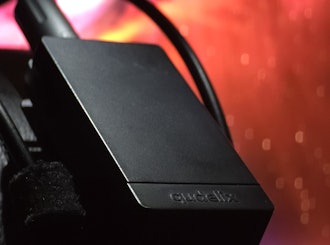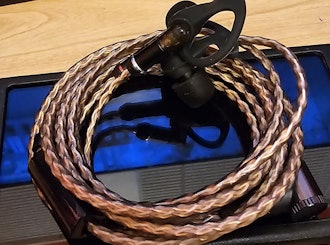Click to view our Accessibility Statement or contact us with accessibility-related questions











Showing 1 of 315 conversations about:

64 Audio U8 & U10 IEMs

czy1188
18
Mar 9, 2017
I am new to audiophile, and after viewing such expensive IEM I have the some questions. It will be great if someone here can answer me!
1. What's the difference between IEMs(earphones?) and headphones in the sense of price/quality? In other words, to achieve the same "general quality", which one will be more expensive, IEMS or headphones?
2. What will be the answer to the same question when comparing open-back & closed-back headphones?
3. Besides considering conveniences, which one should I buy, IEMs or open-back or closed-back headphones?
Thanks!
Fluffyberry
54
Mar 9, 2017
czy11881. It really depends, the market for both is so big you will find plenty of products in both categories that offer excellent value-for-money. However from personal experience I have found that IEMs do generally tend to have a better 'sound quality' than headphones of the same price. Again, this is highly subjective and there are plenty of exceptions
2. Open vs Closed- back headphones comes down to where/what you intend to use them for. Open back headphones tend to sound more 'open' and have better soundstage but noise isolation is virtually non-existent and thus are not suited for use outside of a very quiet environment. Closed back headphones offer much better isolation but sometimes at the expense of not having as wide/clear of a soundstage
3. It's really up to you and your budget/preferences/use :)

Wansmith
12
Mar 9, 2017
czy1188Hello and welcome to the world of audiophile. There is a lot of subjectivity in this world, different people are going to have different opinions to your questions. As I don’t yet have experience with audiophile grade IEMs, I can’t fully answer your question (this drop is liekly to be my first experience), however in my personal opinion, I think that a good open back headphone around the $300 mark (eg HD600, HD650 or HE400s) is the best introduction to the audiophile world from a price/performance perspective - the wide soundstage and improved clarity and detail retrieval will be an obvious improvement to consumer headphones and closed back headphones of a similar price. However please note it is generally considered that the HD600 & HD650 need an amp to bring out their best, while the HE400s will perform well with a wide variety of sources including smartphones. IEMs could also be a good intro, but from my research they seem more dependent on personal preference regarding their frequency response pattern (ie tuning) and so may not be the best place to start.

Dicloneus
61
Mar 9, 2017
czy1188Welcome to the club!
From my perspective, IEMs, as it is in the name In-Ear MONITORs, were initially created for audio engineers and musicians to monitor their sounds on stage when putting on live performances and recording. So it was crucial for them to be able to pick out every single detail of the sound being made. SONY has a headphone equivalent of that, the MDR-CD900ST, but obviously, there comes the portability issue, as well as an extremely flat sound.
Also, if you look at the structure of IEMs (the most conventional higher-class ones anyway), they carry multiple balanced armature drivers, each tuned to produce different sound frequencies. One driver is responsible for high frequencies, one for mid, one for low for example. So the amount of detail that you get to hear is vast and is clearer and much more pristine and polished compared to a conventional dynamic driver which is just a vibrating thin piece of plastic. This excels at creating a more natural sound, but often lacks the details in audio separation that the balanced armatures offer.
But since more and more audiophiles and audio enthusiasts started to catch onto IEMs, the demand of a more natural sound ALL THE WHILE MAINTAINING the audio separation became an all time high. U4-SE is one of the answers to those products.
PRODUCTS YOU MAY LIKE
Trending Posts in Audiophile

robbertwilson
Shop Premium Women Golf Shirts at ApparelnBags
Be the trendsetter on the golf course with our stylish collection of custom polo shirts for women. Whether you're swinging your way to victory or simply want to rock that sporty chic look, our polo shirts for women are here to make you stand out. Moreover, we understand that style and quality go hand in hand. That's why, from golf shirts for women to long sleeve polo shirts for women , we handpick the best products to ensure you experience comfort and durability. Also, our women polo shirts offer the perfect blend of style and functionality, so you can focus on your game without compromising style. So, grab your favorite polos today. Remember, it's not just a game; it's a lifestyle, and our polos will help you ace both!
Apr 25, 2024

SsButerbal
Ringing in PC38X's
I recently got this headset, and wow is it good. My only issue is when certain people talk on discord, I can hear a really high pitched ringing. I fiddled with a bunch of settings, computer audio and discord, and nothing seems to solve the issue. It is primarily if not all in my right ear only. Is there something wrong with my headset, or was that ringing always there I can just hear it cause the headset is THAT good? I haven't had any issues with any other application, though I have yet to test if I can hear the ringing on a different version of discord, say on my xbox instead of my pc. Only other issue I've had is occasional static, but I can't tell if it's from the headset or the show/game/etc.
Apr 24, 2024
itsamepe
Sennheiser PC37X randomly goes bad after disconnecting the cable ?
Greetings, Yesterday I was using my headset like normal with my macbook, just listening to music and on a call with people like usual, and the headset was perfectly fine. The stock wire that came with the headset is extremely long and yesterday it annoyed me very much that it kept getting tangled with itself, so I decided to see if the cable is replaceable. I pulled out the cable from the headset and saw the adapter, and looked online for a replacement. Upon plugging it back in, the audio sounded extremely muffled and washed out. Im not sure what I did wrong to make it mess up like that as I've always taken good care of it, ive had it for about 2 years and its always just been chilling on my desk, but anywho I thought the cable just went bad and ordered a replacement. The replacement came, and the issue is still persistant, so I am not sure what the issue is I've tried multiple different headsets and the issue is not with the port, and I also tried it with my windows laptop and...
Apr 23, 2024

MrChiSox
Big changes coming to my tiny little music room, I've recently purchased a new stack. Currently figuring out where to locate it all and ordering up the necessary cables, it won't be too long before I'm up and running. I am now the proud owner of a brand new stack. It's a European brand called Earmen. Amp, DAC, Streamer & Linear Power Supply. It won't be long!
https://www.youtube.com/watch?v=MB15yM4UptQ
Apr 23, 2024

Briankan
Recommendation for my next headphone set? I have Koss 95x
Hey all, What would you recommend I get next and why? I have Koss ESP-95x electrostatic massdrop headphones. These are my first and only audiophile set. I love them. I think my only real requirements is $500 or less for the headphones and that they have a little more low end. I don’t need thump but these are really light on lows…but the experience is still awesome. Also any recommendations on an amp? I only have my electrostatic thingy. I am using the Topping D50 DAC. thx!!
Apr 22, 2024

Simthaniel
Rigs
Modded headphones with qudelix at the core
When I received the Qudelix 5K, I had already modified a pair of Superlux HD-681 headphones. I previously soldered my own balanced connections to the drivers, providing multiple ways to connect and...
Apr 14, 2024

brothamike
A decent set of IEMs
I am in the midst of a 300 hour burn-in but, I will say I am enjoying how this set sounds so far. Before I received these which was btw late by a few weeks, I purchased a Sony/Kimber Kable MMCX...
Apr 12, 2024
